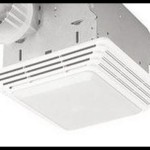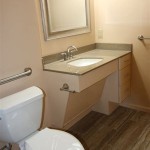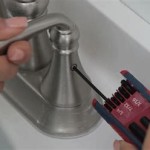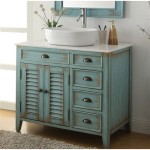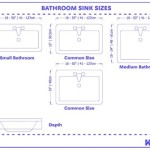Can You Just Paint Over Mold in Bathroom Ceiling?
Mold growth in a bathroom ceiling is a common issue, especially in humid environments. It can be unsightly and potentially harmful to health, prompting homeowners to consider quick fixes. A common question arises: can you simply paint over mold in a bathroom ceiling and be done with it? The answer is a resounding no. Painting over mold may initially seem like a convenient solution, but it does not address the underlying problem and can worsen the situation in the long run.
The Dangers of Painting Over Mold
Painting over mold is not an effective way to remove it. Mold spores are microscopic and can easily penetrate paint layers. This means that even though the mold may appear to be covered, it continues to thrive beneath the paint, potentially spreading further. This can result in a number of problems:
- Recurrence: Mold will eventually reappear, often bigger and more noticeable, as it continues to grow beneath the paint.
- Health Risks: Mold spores released from behind the paint can trigger allergies, asthma, and other respiratory problems, especially in vulnerable individuals.
- Structural Damage: As mold spreads, it can damage wood, drywall, and other structural components, leading to costly repairs.
- Aesthetically Unpleasant: The underlying mold will eventually show through the paint, creating an uneven and unattractive appearance.
Addressing the Root Cause of Mold Growth
The primary focus should be on identifying and eliminating the source of moisture that is feeding the mold growth. This may require a thorough investigation to pinpoint the cause, which could include:
- Leaky Pipes or Fixtures: Check for leaks in plumbing lines, faucets, showerheads, or drain lines.
- Roof or Window Leaks: Inspect the roof for damage, especially if there are recent storms. Check windows and window seals for leaks.
- Poor Ventilation: Ensure adequate ventilation in the bathroom, especially during and after showers or baths. Consider installing an exhaust fan or increasing the frequency of ventilation.
- Condensation: Condensation build-up on cold surfaces, such as windows or walls, can create favorable conditions for mold growth. Ensure proper insulation and heat control.
Proper Mold Removal Techniques
Once the source of moisture is addressed, it is essential to remove the existing mold properly. Painting over mold is not an acceptable approach. Here's a recommended process:
- Protective Gear: Wear gloves, a mask, and eye protection to prevent exposure to mold spores during removal.
- Surface Preparation: Clean and dry the affected area thoroughly. Remove loose paint or other materials that are detaching.
- Mold Removal: Use a mold-killing solution, such as bleach or a commercial mold cleaner, to kill the mold. Follow the manufacturer's instructions carefully.
- Drying: Thoroughly dry the area after cleaning. Use a fan or dehumidifier to aid in the drying process.
- Repainting: After the area is completely dry and sanitized, you can apply a fresh coat of paint. However, it's essential to choose a mold-resistant paint to further prevent its return.
Remember that mold removal is a serious matter, and in some cases, professional help may be necessary. If you are unsure about the extent of the damage or how to properly remove mold, it is always best to consult with a qualified professional.

Painting Over Mould And Damp Expert Advice

How To Get Rid Of Mould On Ceilings Repaint Pro

My Incompetent Tenants Painted Over Mould Guide To Treating

What Causes Black Mould On Ceilings

How And When To Paint Over Mouldy Walls Inexpensive Way Kill Mould Express Co

Bathroom Ceiling Mold Removal When To Clean Call Branch Environmental

Cleaning Mrs Hinch Fans Share Tips To Remove Ceiling Mould Express Co

What Is The Best Way To Remove Mold From Bathroom Ceiling

Tips For Painting Moldy Bathroom Walls And Ceilings Dengarden

Bathroom Mold How To Identify And Get Rid Of In Environix
Related Posts

